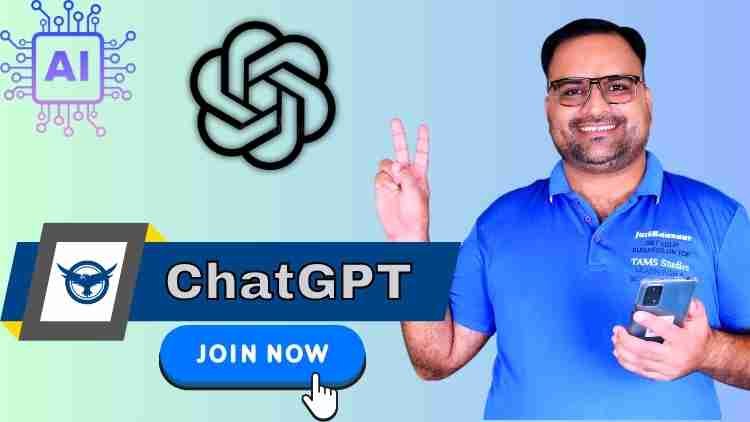“10 Ways ChatGPT Can Save You Hours Every Day”
December 6, 2024

How to Use OpenAI ChatGPT for Content Creation Like a Pro
December 6, 2024

Master the Art of AI Content Creation with Guruji Suniltams’ Comprehensive ChatGPT Mastery Course
February 29, 2024

BharatGPT क्या है: ChatGPT का बड़ा भाई, मुकेश अंबानी लाएंगे BharatGPT! यहां सभी जानकारी पा सकते हैं।
February 13, 2024

100 ChatGPT Prompts
January 31, 2024

100 ChatGPT prompts
January 29, 2024

ChatGPT Complete Guide by Suniltams Guruji
January 23, 2024

Getting Domain Name Suggestions From ChatGPT AI – Get Answers, Do Not Wait
December 27, 2023










